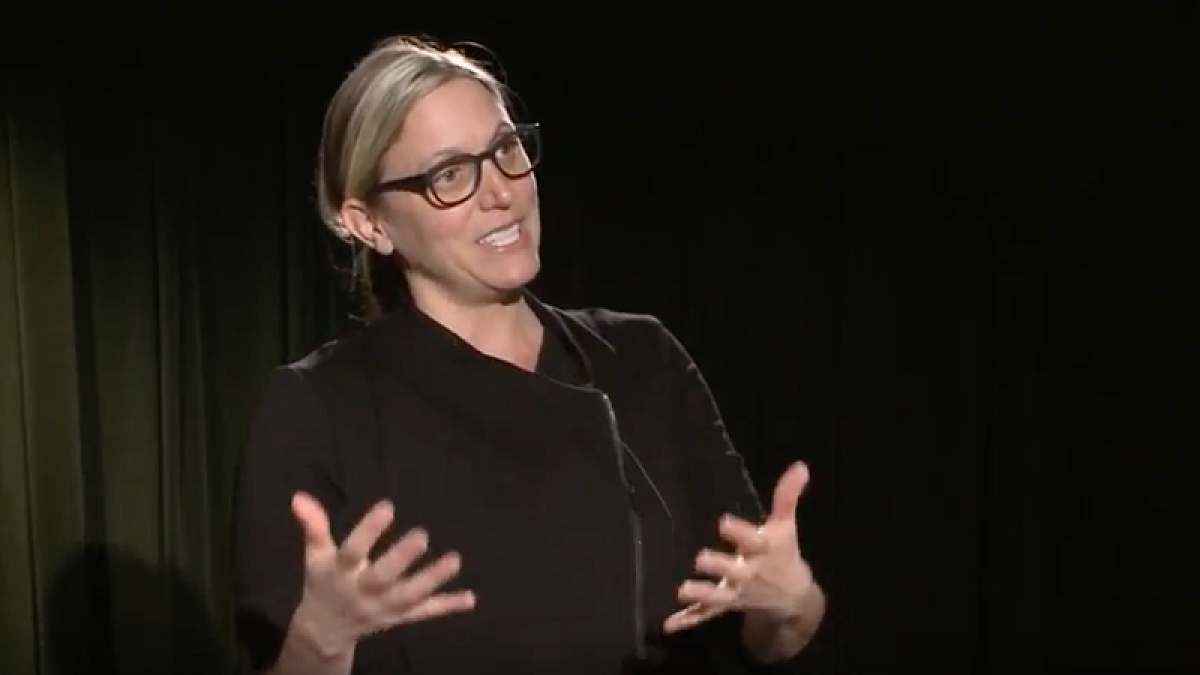This week’s episode of “UO Today” showcases a discussion with Erin Moore, a professor in the UO’s Department of Architecture and also the environmental studies program.
In her interview, Moore speaks about how she became interested in the type of design work she does, some of her specific projects and her contribution to the United Nations’ first “Experts’ Summary Report on Harmony with Nature Addressing Earth Jurisprudence.”
Growing up, Moore was taught that human-built infrastructure was “the antithesis of all that was good.” So her interest in architecture didn’t seem like a natural fit until she learned about “green architecture,” designing buildings with an environmentally friendly focus.
“I’m interested in ways that designed things manifest views on the environment,” she said. “Everything that’s designed manifests some way of understanding human’s relationship with the rest of the world. I think design becomes a demonstration of a value system.”
She uses her architecture practice, FLOAT, to create small structures for inhabiting ecologically unique sites around the world.
She created one project, “Watershed,” as a writing studio for her mother. It’s a small structure with a roof specifically designed to not only amplify the sound of the rain — “Sometimes to a fault,” Moore says — but also to funnel it into a trough that can be used as a watering hole for wildlife in the area.
Her participation in the United Nations study was a part of the UN’s look at creating a declaration on the rights of nature, similar to its declaration of human rights.
“There are movements globally in trying to connect worldviews and cultural paradigms that are ecocentric within the global legal framework,” Moore said. “The United Nations is not calling this program ‘Rights of Nature’ or ‘Earth Jurisprudence,’ it’s calling the program ‘Harmony with Nature,’ and that reflects the idea that legal rights are a legal construction that is not a part of this global understanding. I was really happy to be able to be able to contribute a little bit to this question about what it would mean for art and design.”
Her recent research focus has been on the architectural space of fossil fuel consumption, biogenic carbon sequestration and climate change. She teaches a class at the UO, “Lines, Pipelines and the Contested Space of Fossil Fuel Transport in the Pacific Northwest,” which challenges students to design new or alternative ways to transport fossil fuels around the area.
“UO Today” is a weekly half-hour interview program hosted by Paul Peppis, a UO English professor and director of the Oregon Humanities Center. Each episode features a conversation with UO faculty and administrators, visiting scholars, authors or artists.
The show is produced by the Oregon Humanities Center in collaboration with UO Library’s Center for Media and Educational Technology. An archive of past interviews is available on the Oregon Humanities Center’s website, or on their YouTube channel.
—By Noah Ripley, University Communications


